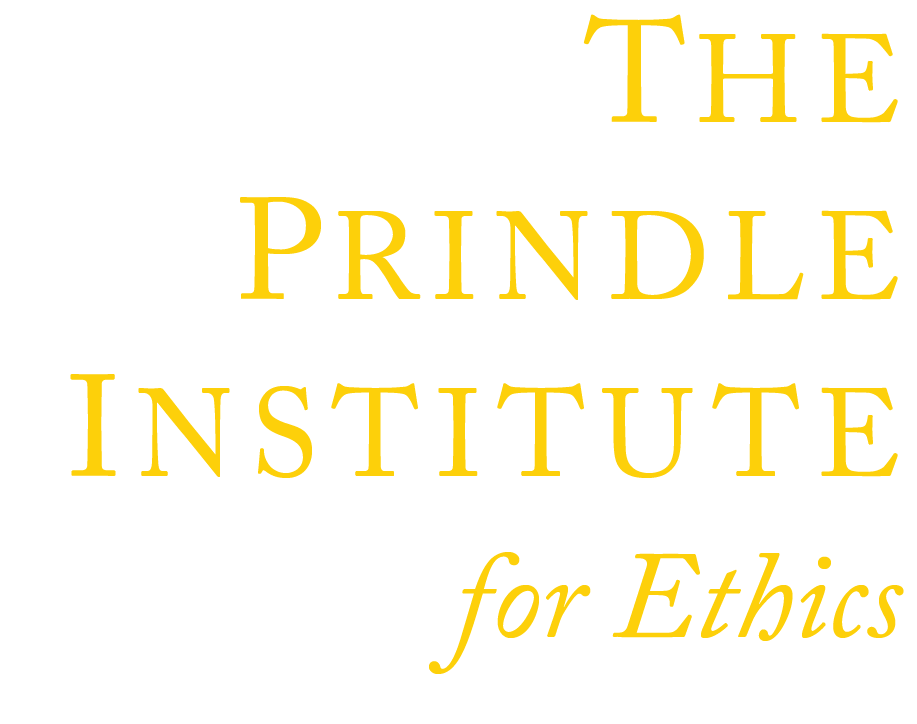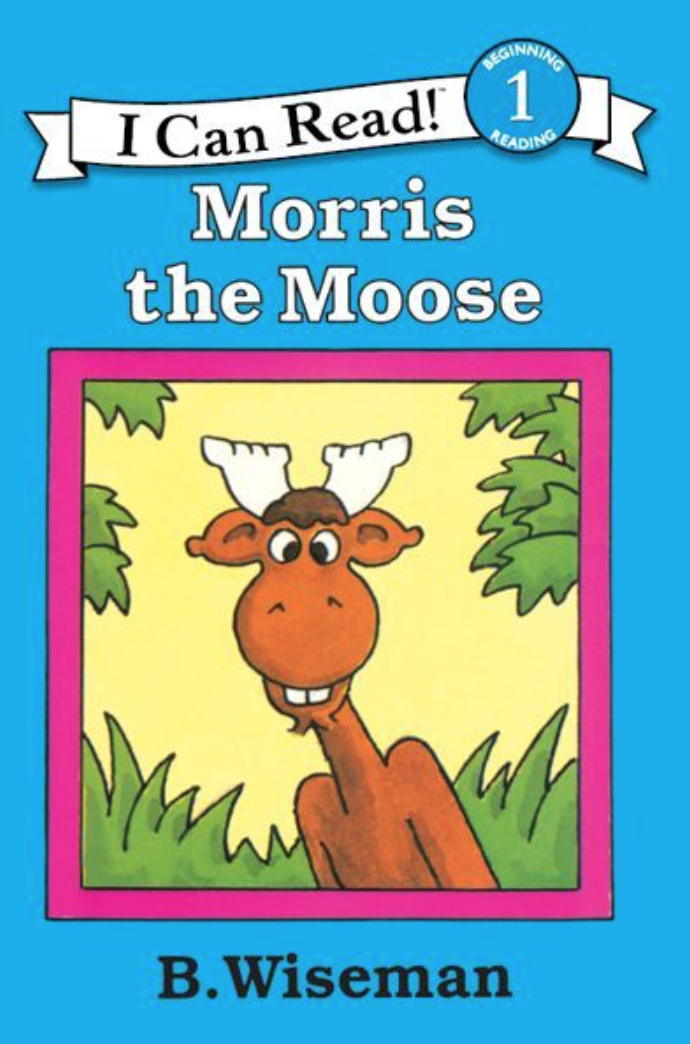Morris the Moose
Book Module Navigation
Summary
Morris the Moose introduces questions about knowledge, its relation to our beliefs and experiences, its types, and questions about persuasion.
Morris the moose thinks that all of the new friends he meets down by the river must, like him, be moose. The problem is that not a single one of them is a moose at all. Can they convince Morris that they are not moose like him?
Read aloud video by Favorite Books
Guidelines for Philosophical Discussion
B. Wiseman’s charming story, Morris the Moose, raises questions about knowledge and its relationship to evidence. Morris thinks he knows that the cow he meets is a moose because the cow appears to satisfy the criteria Morris has for being a moose, such as having four legs, a tail, and horns. The cow tries to convince Morris that he is not a moose by telling him that he gives milk, moos, and has a mother who is not a moose. None of this convinces Morris, who has an answer to everything. Only when he eventually sees his own reflection, which is, after all, very different than the cow’s, is he willing to admit that the cow is not a moose and he has made a mistake. This story raises some basic questions about the nature of our knowledge and how new evidence impacts it. Such questions are part of the field of philosophy known as epistemology or the theory of knowledge. Although we often take it for granted that we know certain things, we can’t easily give an account of why we think we know them. Trying to explain that is part of the task of epistemology.
Some philosophers have compared our system of beliefs to a huge sphere. Some beliefs are close to the center of the sphere, they say, and others are closer to its surface. Nothing is so crucial that it can’t be placed in doubt by new evidence. That’s why they prefer to talk about “belief” rather than knowledge. So when new evidence casts doubt on a belief, they admit that we have to make some adjustments to the whole system of our beliefs to account for the contrary evidence. But the evidence can’t force us to give up any specific beliefs. We are like Morris, they tell us, in that we can hold onto any belief we choose to, so long as we make suitable adjustments to other beliefs. In fact, Morris’ attempt to hold onto his belief that the cow is a moose reads like a parody of this philosophical account of human knowledge.
Other philosophers reject this model and claim that there are certain beliefs about which we cannot be wrong. They say that there are some statements that are so apparent to us that nothing could ever convince us that we were wrong about them. For example, as I type this sentence, I am convinced that I have two hands (with which I am doing the typing). These philosophers hold that such statements as “I have two hands” are so certain that nothing could ever convince them that those statements are not true.
But even so, the question of how and why we revise our beliefs in the face of what one philosopher called “recalcitrant experience” is an important philosophical question that is raised by this story. The fact that all of the animals agree on who is what as a result of seeing their own faces suggests that there are some beliefs–those acquired by direct perception–that ground all others. The idea that perceptual beliefs are the basis of all others is one that philosophers have argued about.
Questions for Philosophical Discussion
Beliefs and Experience
When Morris sees a cow, he thinks that the cow is a moose. When the cow says he’s not a moose, Morris explains to him why he knows that he is one.
- What is the reason that Morris gives for the cow being a moose?
- Explain the reasoning that Morris uses to conclude that the cow is a moose.
- What’s wrong with Morris’ reasoning?
Knowledge and Truth
Morris thinks that he knows that the cow is a moose.
- Do you agree with Morris, that he knows that the cow is a moose?
- Is there more to knowledge than having reasons for a belief?
Types of Knowledge
In order to explain why he thinks that the cow is a moose, Morris gives a reason for his belief, namely that the cow has four legs, a tail, and things on its head.
- Give an example of something that you know where you have a reason for what you know.
- Give an example of something you know for which you don’t have a reason.
- How do you know the thing you said in response to question 2?
- As a result of what you’ve now said, do you think that everything you know you know for a reason?
Persuasion
The cow tries to persuade Morris that he’s not a moose, but a cow.
- How does the cow do this?
- How does Morris respond?
- Has anything like this ever happened to you?
- Why do you think people keep saying they know something even though they don’t?
Anger
When he sees Morris and the cow, the deer thinks they are both deer. When Morris hears this, he gets angry and yells at the deer.
- Does yelling make Morris right?
- Why does he yell?
- What do you think he should have done to convince the deer that he was wrong and that Morris was not a deer?
Sensory Experience and Belief
When the animals drink, they see their own reflections.
- Why does seeing their own reflections convince the animals that they were wrong?
- There is a saying: “Seeing is believing.” What might this saying mean? Do you agree with it?
- Why isn’t Morris convinced when the other animals tell him that he is wrong?
- Can you think of other situations in which people have persisted in their mistakes despite having evidence that they were wrong?
- Can you think of situations in which new evidence has made people change what they think?
- Why is it so hard for Morris to admit that he made a mistake?
- Do you think that people have a hard time admitting that they are wrong? Why is that?
The Nature of Philosophy
The animals all disagree with one another about who is what.
- When the animals disagree with one another, how do they try to convince each other that they are right?
- What are the specific ways in which the animals talk to each other that remind you of how you discuss philosophy?
- Are there differences between having a philosophical discussion and the way the animals disagree with each other?
- Can philosophical discussions be settled by looking?
Original questions and guidelines for philosophical discussion by Thomas Wartenberg. Edited June 2020 by The Janet Prindle Institute for Ethics.
Find tips for leading a philosophical discussion on our Resources page.






